Description
Calcium carbide (CaC2) might not be a household name, but this unassuming gray solid plays a surprisingly important role in various industrial processes and, historically, has even touched our everyday lives. Often associated with the production of acetylene gas, calcium carbide is a powerful and versatile chemical compound that deserves a closer look.
(CaC2) is a chemical compound composed of calcium and carbon. It’s typically produced by heating a mixture of lime (calcium oxide, CaO) and coke (a form of carbon) at extremely high temperatures (around 2000°C) in an electric arc furnace. The reaction is represented by the following equation:
CaO + 3C → CaC2 + CO
The result is a solid, crystalline material that is quite reactive, particularly with water.
The Acetylene Connection
The most well-known application of calcium carbide is undoubtedly its reaction with water to produce acetylene gas (C2H2):
CaC2 + 2H2O → C2H2 + Ca(OH)2
Acetylene, a highly flammable gas, has a long history of use in:
Welding and Cutting: Acetylene’s high flame temperature makes it ideal for oxy-acetylene welding and cutting, a crucial process in metal fabrication and repair.
Industrial Synthesis: Acetylene is a versatile building block in the synthesis of various organic chemicals and plastics.
Lighting: Historically, acetylene was used in lamps for mining and in early automobile lighting thanks to its ability to produce a bright light when burned.
Beyond Acetylene: Other Applications
While acetylene production remains a significant use of calcium carbide, its applications extend beyond this key area:
Reducing Agent: It can act as a reducing agent in various metallurgical processes, helping to extract metals from their ores.
Desiccant: Due to its reaction with water, it can be used as a desiccant or drying agent in certain industrial settings.
Calcium Cyanamide Production: Calcium carbide is the starting material for the production of (CaC2), which is used as a fertilizer and in the synthesis of other compounds.
Soil Treatment: The calcium hydroxide formed as a byproduct of calcium carbide reacting with water can help to make acidic soil more alkaline and thus more suitable for certain crops.
Handling Calcium Carbide: Safety Considerations
Reaction with Water: The primary hazard is its vigorous reaction with water, which can generate explosive acetylene gas and heat. It must be stored in dry conditions and away from any moisture.
Flammability: Acetylene is highly flammable and poses a significant fire hazard. Precautions should be taken to prevent ignition sources around calcium carbide and its generated gases.
Corrosion: The byproducts of its reaction with water, particularly calcium hydroxide, are alkaline and can be corrosive. Appropriate personal protective equipment should be used when handling it.
The Future of Calcium Carbide
While traditional uses of (CaC2) persist, research is exploring new applications and improving production methods. For instance, efforts are being made to develop more sustainable methods for producing calcium carbide and finding alternative uses for the generated calcium hydroxide byproduct.
Conclusion
Calcium carbide, a seemingly simple compound, is a powerhouse of reactivity and utility. From its critical role in acetylene production to its contributions in steelmaking and other industries, calcium carbide has had a profound impact on our world. By understanding its properties and handling it safely, we can continue to harness its potential while also exploring new, sustainable pathways for the future. As research expands, we can expect to see even more innovations arising from this versatile and important compound.
This article provides a broad overview of calcium carbide, its properties, uses, and safety considerations. It’s suitable for a general audience interested in learning more about this compound. Let me know if you’d like a more specialized article focusing on a specific aspect!



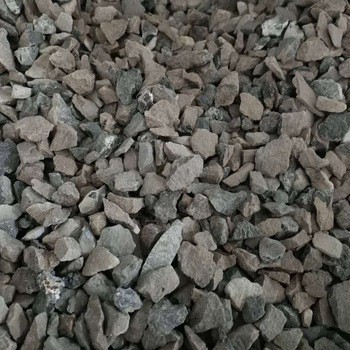
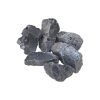
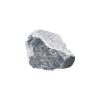
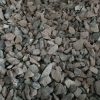
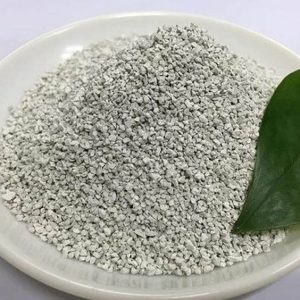

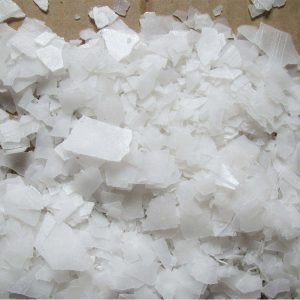


Reviews
There are no reviews yet.